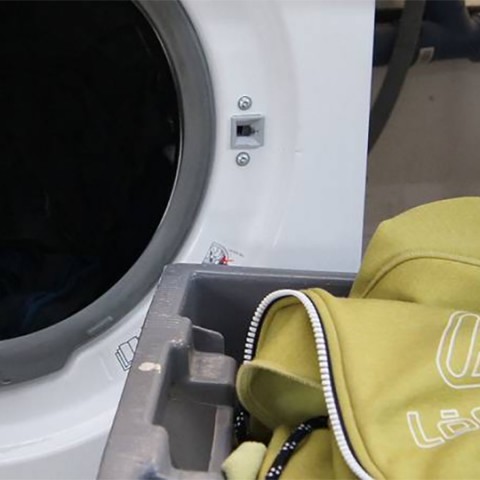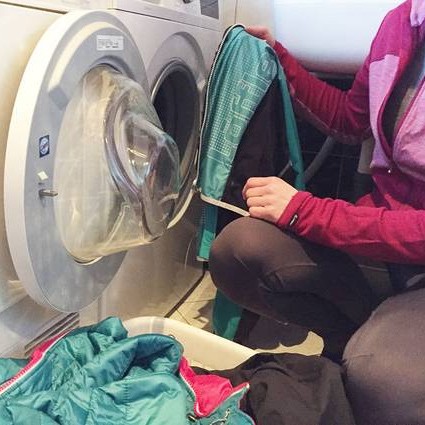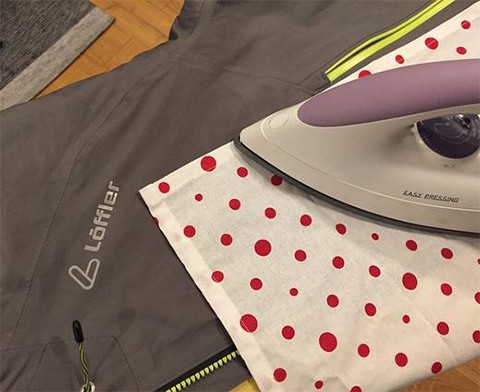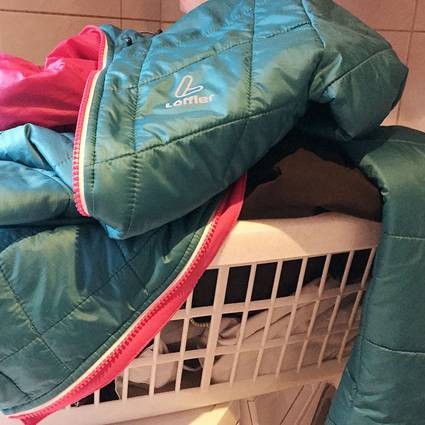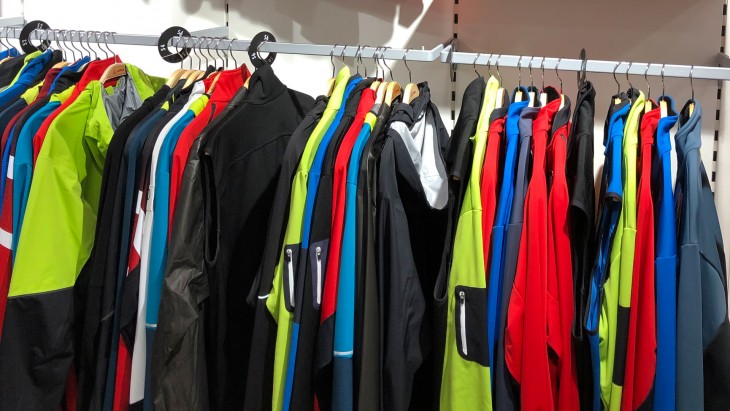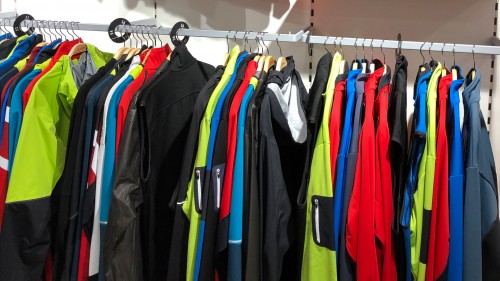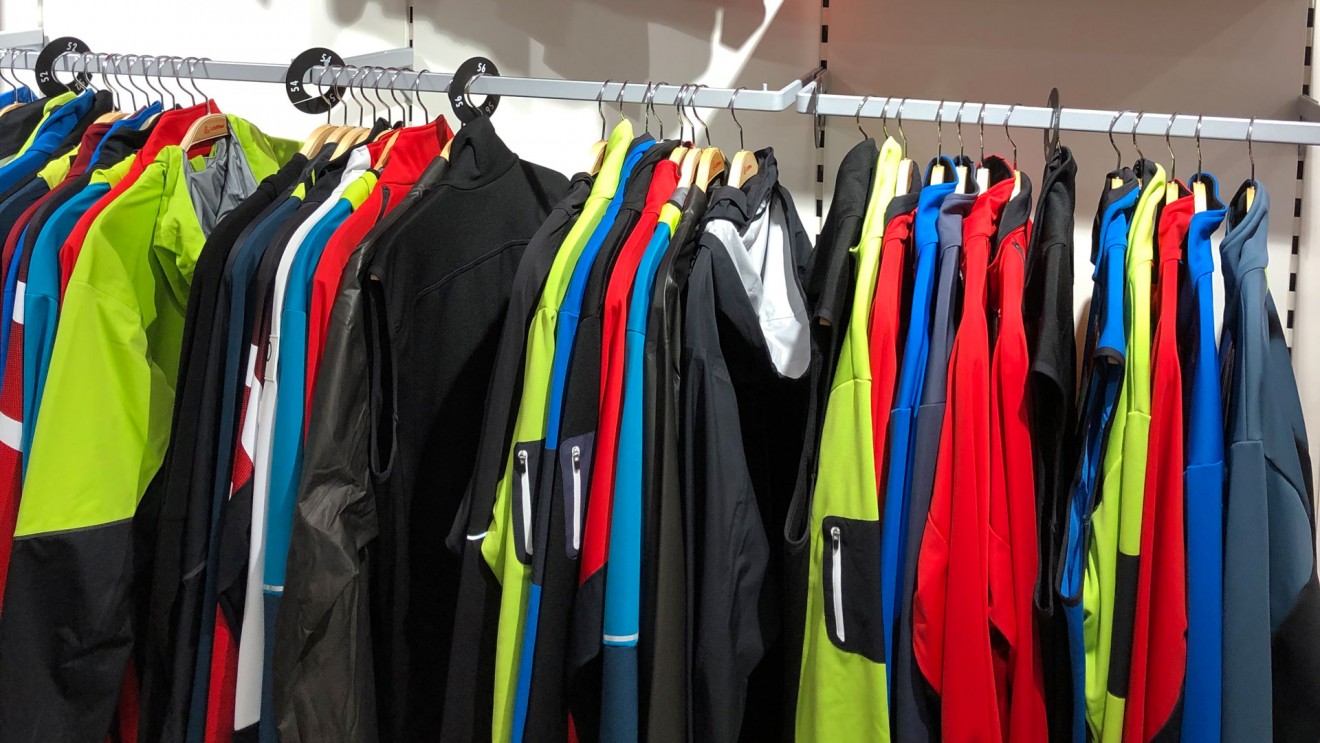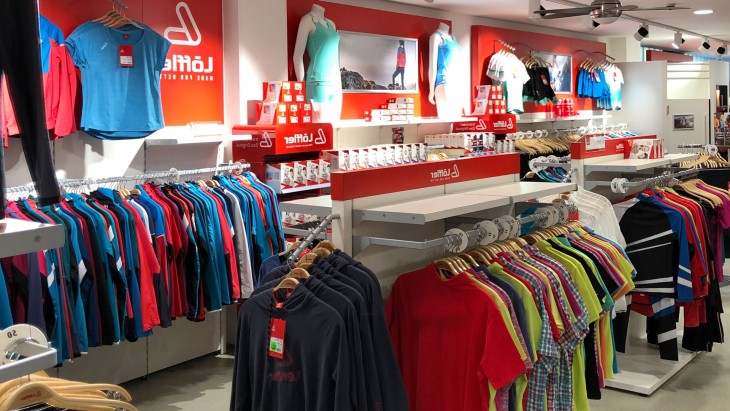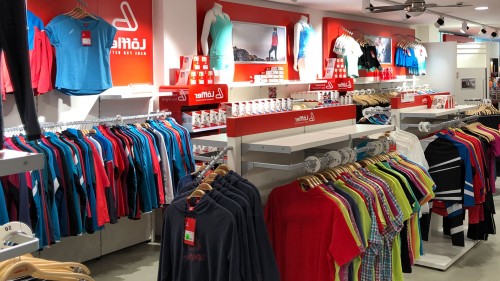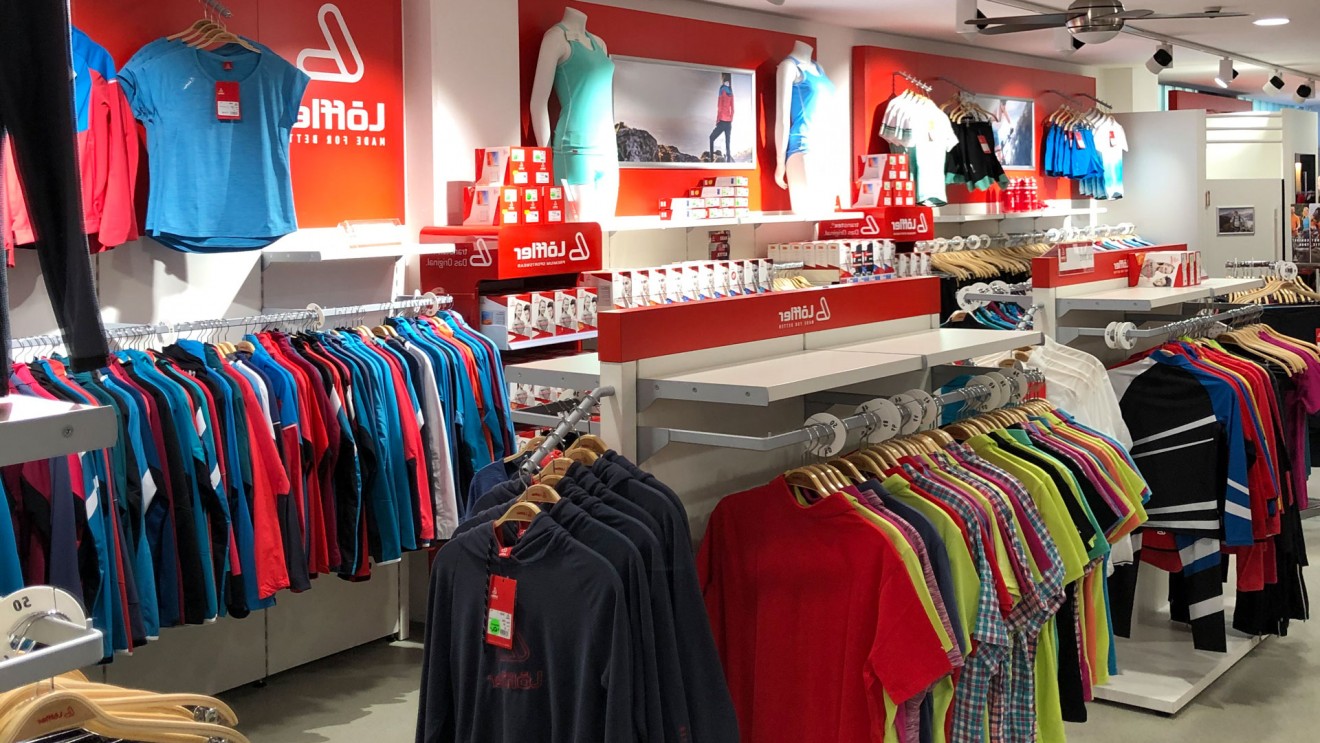Of course, weather protection clothing made of Gore-Tex ®, Windstopper Softshell or WPM3 can and should also be washed/cleaned. The function of the membrane remains intact. It is important to rinse sufficiently to avoid detergent residues. Do not hand wash or use fabric softener. For best results, use liquid detergent, not powder.
Reactivate water-repellent impregnation (Durable Water Repellent, DWR)
The water-repellent impregnation of an outer fabric can basically be reactivated by heat. This is done either by a drying process in a tumble dryer (after the drying process for a further 20 minutes at low temperature) or by ironing at an appropriate temperature. When ironing, a cloth should always be placed between the garment and the iron. The care symbols on the sew-in label should always be observed. But even if the care symbols tumble dryer and ironing are crossed out, a short and gentle treatment in the tumble dryer and ironing at a low temperature cannot cause any damage. Especially in the shoulder area and upper back, activation by ironing is useful.
Should reimpregnation be necessary after a long period of use, Löffler recommends the use of an impregnation spray. After normal washing, allow the garment to air-dry slightly, then spray the outer fabric evenly and then heat-treat. We do not recommend impregnation with detergent, as washing also impregnates the inside of the garment and limits its water-transporting properties.
Attention: The surface of the new Gore-Tex ® Active Shakedry is permanently water-repellent and does not require additional impregnation.
If dry cleaning is necessary – e.g. in case of oily soiling – cleaning with hydrocarbon solvent (symbol F) is recommended. A water-repellent impregnation should be sprayed on before drying.
